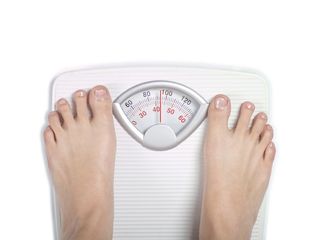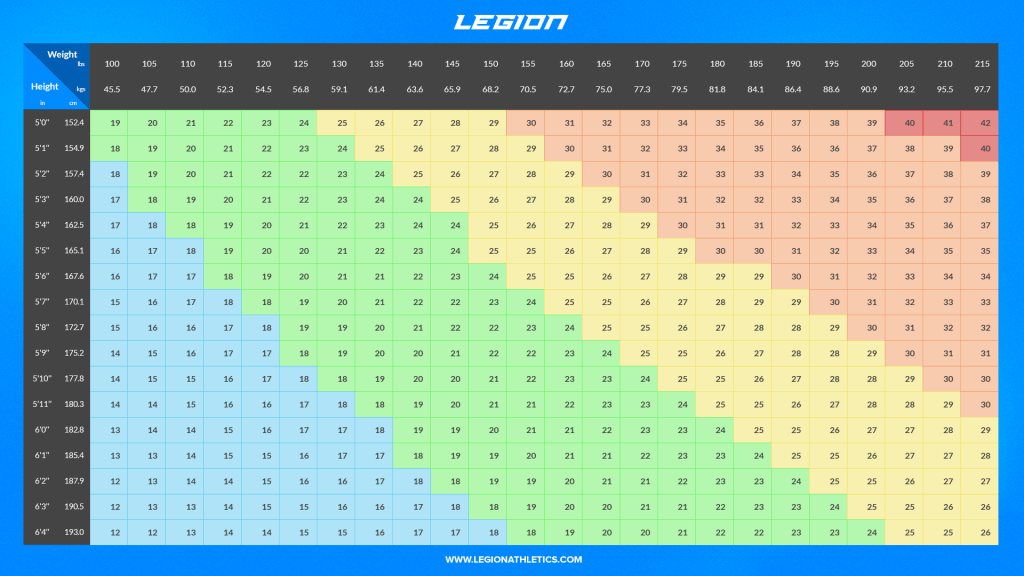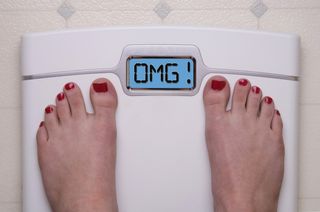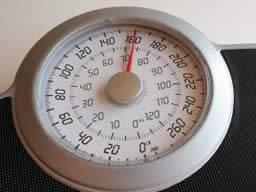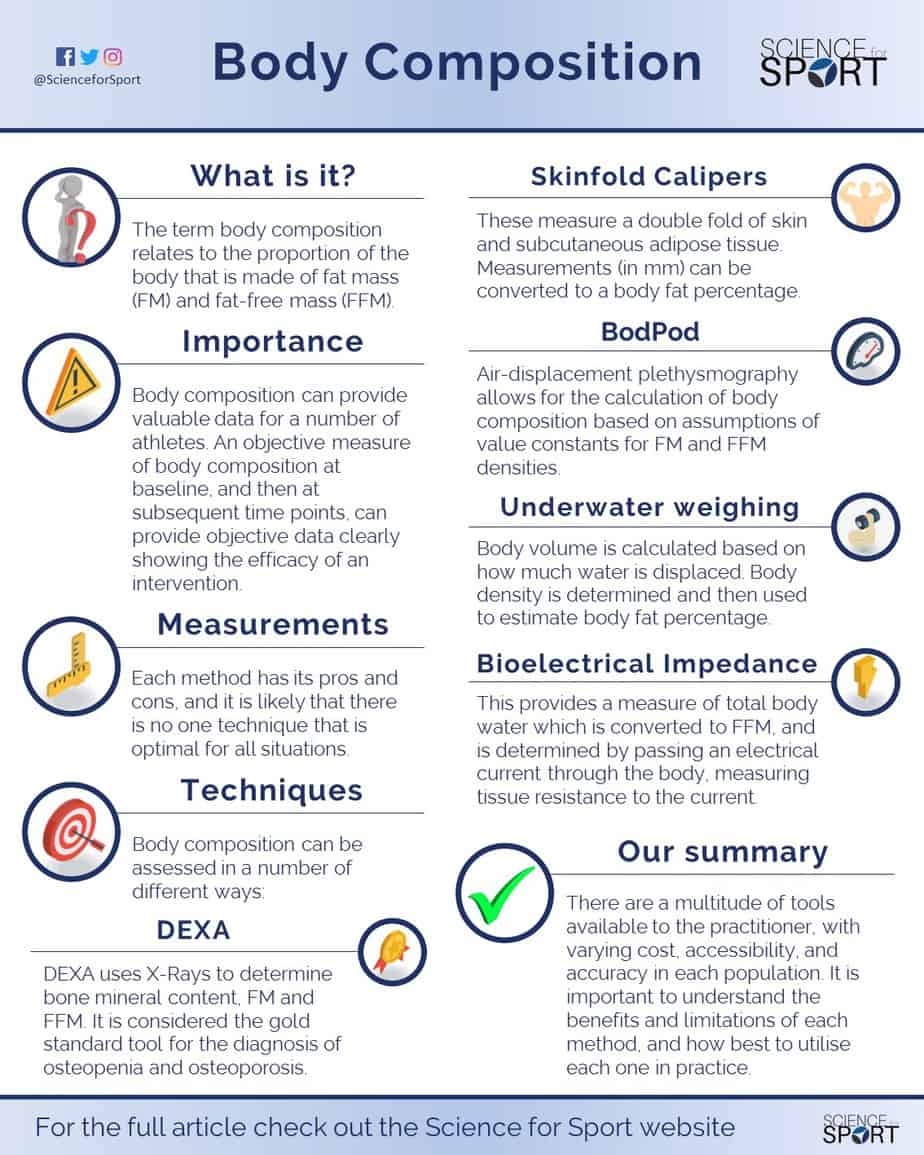Using this chart a person with a bmi of 9 is probably underweight at any height. Body mass index bmi is a common. Bmi readings under 185 mean you are underweight and could put on a few pounds. A woman tends to have more body fat than a man with the same bmi. Body fat scales can be an easy way to track your body fat percentage but they may not tell the complete story about your health. But in recent years more researchers argue that its not the most accurate way to measure body weight.
If you fall between 185 and 249 youre considered normal while a bmi of 30 or higher qualifies as overweight. Body mass index is the standard metric for determining who is normal weight overweight and obese but bmi is not an accurate measure of fat and doesnt explain the causes of poor health. In our results bmi showed an unacceptable low sensitivity for detecting body fatness with more than half of obese subjects by body fat measurement being labeled as normal or overweight by bmi. The true prevalence of obesity might be strikingly higher than that estimated by bmi. Underwater weighing is regarded as the gold standard for body composition measurement as it is one of the only body composition technologies that have been compared directly to cadaver analysis. Bmi body mass index which is based on the height and weight of a person is an inaccurate measure of body fat content and does not take into account muscle mass bone density overall body.
Accuracy can also vary depending on various factors including. For adults ages 20 years and older bmi incorporates weight and height but it does not take age or sex into account. A bmi of 12 13 is good for a person with an average build and a large framed person would still be healthy with a bmi of 14. A person with a bmi of 10 or 11 is definitely skinny but probably ok if they have a small frame. The measurement may not be accurate for people whose body fat distributions vary.
/underwater-hydrostatic-body-fat-weighing-453131436-5ad4f5c2642dca0036367079.jpg)



